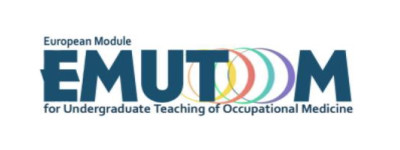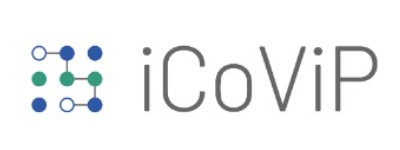EASOM has participated in the development of a number of EU/ERASMUS projects and OM teaching modules:
These include :
- Leonardo Project on Health and Safety Risk Communication for workers.
- EMUTOM project led by Univ.Prof.Dr. Lutgart Braeckman of the University of Ghent (Belgium).
- VIRTUAL PATIENTS project led by Prof. Dr. Katja Radon, Ludwig Maximilian University of Munich (Germany).
- EU-project in Digitalization & Medical training (iCoViP) supported by EASOM (hRp://icovip.eu) (Digitalized Education in Europe beyond the Pandemic) (leaded by Univ. Prof. Inga Hege).
-
EMUTOM

European e-Learning module on Occupational Medicine as an innovative tool for teaching and training of undergraduate students in European medical schools.
-
virtualpatient-work.net

On creation and validation of innovative tools (Casus online platform/Virtual Patients (VP)) based on OM problem-based learning (PBL).
-
iCoViP

To provide a high-quality multilingual VP collection for medical students and young professionals. The collection will provide adaptive and deliberate practice of clinical reasoning in different contexts and complexities and support mobility activities and language training of medical students and young professionals.